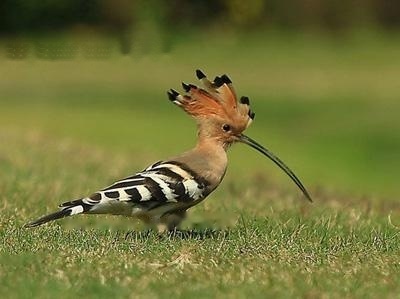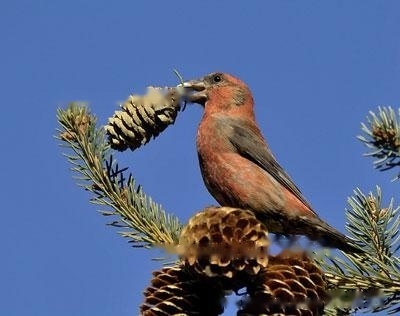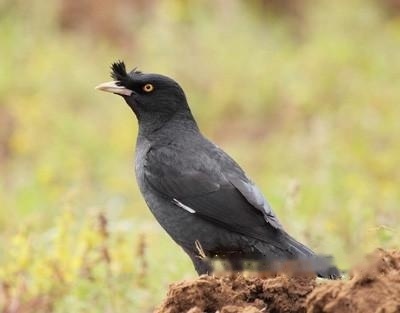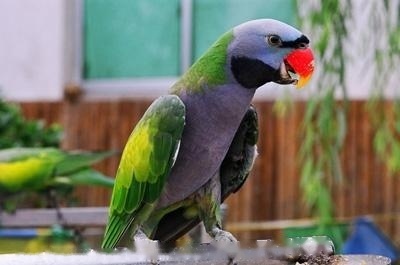Siberian Blue Robin, also known as Siberian Blue Robin, has a global distribution. In the wild, they like to perch on the ground and among reeds and thorns. The type origin of this species is in the Daurian region of Siberia.
The blue-singing robin was listed in the "Wild Animal Protection Law of the People's Republic of China" (hereinafter referred to as the "Wild Animal Protection Law"), which was included in the "Benefits of National Protection" issued by the State Forestry Administration on August 1, 2000. List of terrestrial wild animals of important economic or scientific value.
Chinese name: Blue song robin
Chinese alias: Blue tail root, blue indigo bar, hanging silver medal
English name: Siberian Blue Robin
Binomial method: Luscinia cyane
Boundary: Animalia
Department: Chordata
Subphylum: Vertebrata
Class: Aves
Subclass: Neornithes
Orders: Hymanatids, Passeriformes
Families: Turdidae
Subfamily: Thrushia
Genus: Luscina;robins, rubythroats
species : Blue robin
Distribution: Siberia, Korea, Japan, Indochina, Malaysia, Indonesia, India, Myanmar and Inner Mongolia, Heilongjiang, Jilin, Beijing, Liaoning, Hebei, Henan, Shandong, Anhui, Shanxi, Shaanxi, Ningxia, Gansu, Sichuan, Guizhou, Yunnan, Zhejiang, Fujian, Guangdong, Tibet and other places.




